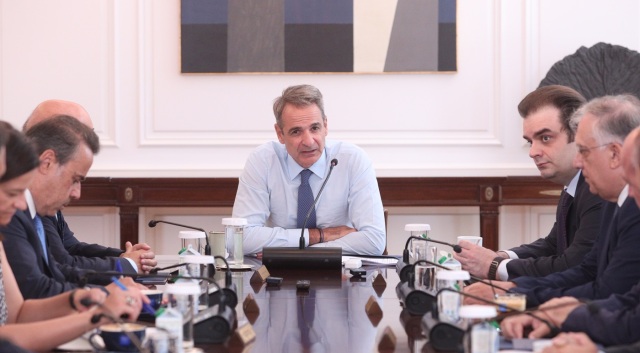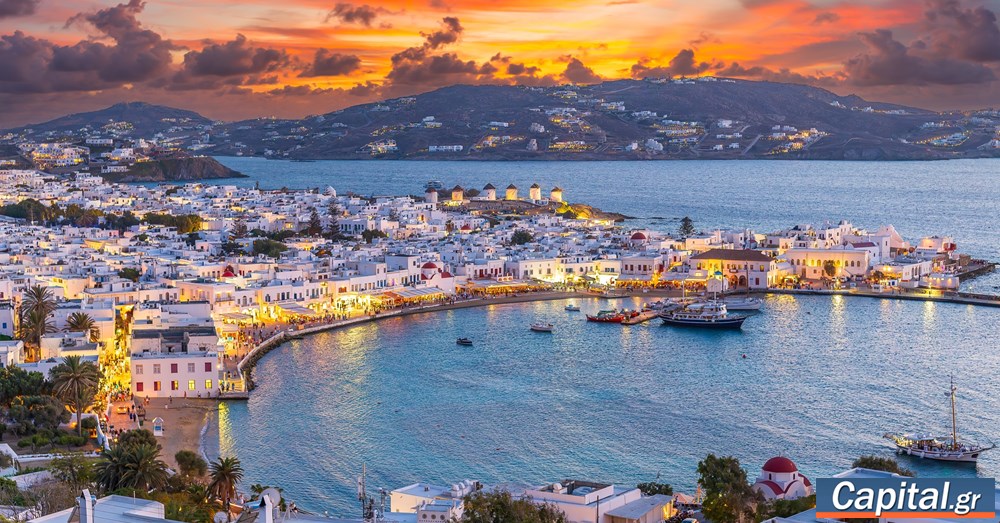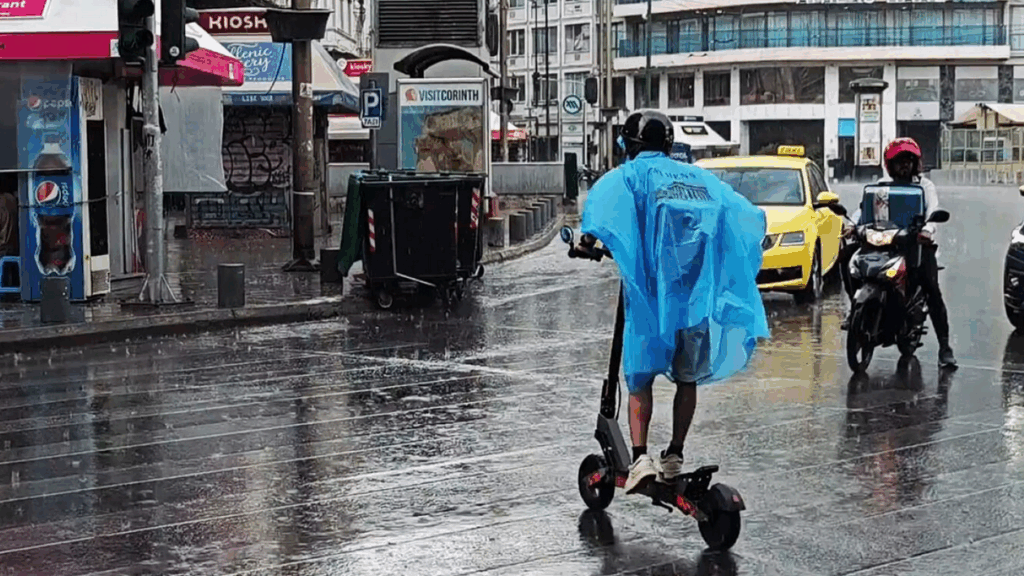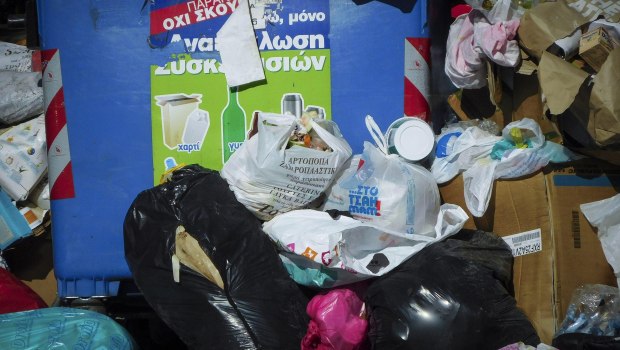The holiday profiteering: Oil is falling but… gasoline remains above €2 on the islands
Source: ProtoThema English
Traveling by car for summer holidays to the Greek islands is… an expensive affair. Disproportionately expensive, however, is the gasoline every year at holiday destinations for Greeks and tourists alike.
The high prices of the hot summer months, July – August, are recorded again this year at holiday destinations, even in a year when the market is moving at lower levels compared to previous years, based on price data and especially the course of international oil prices.
In this context, prices in Greece, especially on the islands, follow the opposite course, with Greeks and foreign visitors in tourist destinations ultimately bearing the consequences in their wallets. Gasoline prices in Greece this August are lower compared to two months ago, but this does not apply to some of the top tourist destinations: this is the case, for example, in the extremely popular Cyclades, which deviate significantly from the average, at levels above €2, with the same prices as at the end of June, when theoretically they should be lower.
It is telling that according to official figures, in the Prefecture of Cyclades the average weighted price of regular unleaded almost two months ago, on June 30, was €2.012 per liter, which is essentially the same as today, at €2.10 per liter, according to the official bulletin of the Fuel Price Observatory of the Ministry of Development. It should be noted that nationwide on June 30 the average weighted price was €1.757 per liter, a figure that has now fallen, with prices as of August 20, to €1.743 per liter nationwide for regular unleaded.
The regions and the prices
In mid-August, in the two major urban centers, the Prefecture of Attica and the Prefecture of Thessaloniki, the average price of regular unleaded is €1.715 and €1.707 respectively, with Thessaloniki even recording the lowest prices nationwide at the prefecture level. At the end of June, the corresponding prices in Attica were €1.72 and in Thessaloniki €1.72.
The holiday profiteering: Oil is falling but… gasoline remains above €2 on the islands
For the hottest month of the summer, the Prefecture of Cyclades maintains the negative lead, with an average weighted price, as mentioned earlier, at €2.010 per liter, while close behind are other top tourist destinations of the country: in Crete, which receives the largest volume of tourists — only international arrivals at the island’s two airports last year reached 5.4 million — in the Prefecture of Heraklion the average weighted price is, according to official data, €1.792, lower compared to €1.811 at the end of June.
In the Ionian, the numbers are again higher compared to the average, but lower than in the Aegean islands: for example, in this case, the highest average weighted price is recorded in the Prefecture of Kefalonia, at €1.83 per liter, almost the same level as at the end of June, €1.85.
The data per island are also of interest, especially for the country’s two premium destinations — Mykonos and Santorini. In Santorini, which this year has seen a decline in tourism due to seismic activity during the winter (–18.2% in passenger traffic at the airport in the first seven months), prices for regular unleaded at gas stations during August range from €1.935 per liter to €2.130 per liter. Similarly, in Mykonos, the prices in August range from €1.965 per liter at the lowest to €2.079 per liter. Even higher is the very popular Rhodes, with a fluctuation from €1.768 to €2.179 per liter.
The holiday profiteering: Oil is falling but… gasoline remains above €2 on the islands
At a gas station in Santorini
The official numbers for the month of August confirm that the issue of retail fuel prices remains steady, despite the arguments presented, such as the time delay in the increase and decrease of prices for retailers compared to those they obtain from refineries (which adjust their price lists daily according to international prices, whether they purchase or not) and, specifically for the islands, the added cost of transportation or lower sales volumes.
Moreover, the Competition Commission also acknowledges in its latest report, published in July, that structural problems in competition persist in the refining, wholesale, and retail markets, even proposing a package of five measures to improve competitive conditions.
These proposals include the establishment of a Central Stockholding Entity, the mapping and supervision of storage facilities, the abolition of exclusivity clauses in storage contracts, the reduction of transparency in refining (meaning that the daily publication of refinery sales prices may facilitate phenomena of tacit collusion and “monitoring” of competitors’ movements), and the increase of transparency in the retail market, for example enabling drivers to see real-time prices of gas stations based on location.
International prices
The international price of Brent last week moved slightly above $67 per barrel, with forecasts for the course of prices in the coming period suggesting further decreases, with all the (positive) implications this entails for the end consumer at the pump.
It is noted here that since the beginning of the summer the highest price had been recorded in mid-June, reaching $77 per barrel. Now, the relevant analysis of Swiss UBS (dated August 11) is indicative, according to which the price of Brent will remain unchanged at $68 per barrel until the end of September, with the Swiss bank then estimating a drop to $62 by the end of 2025.
The forecast for $62 per barrel is maintained also for March 2026, with the bank subsequently estimating a gradual recovery to $65 in mid-2026, in June. The projection for a downward market course follows increased supply from South America and greater resilience in production from countries under sanctions, although there are always factors generating uncertainty, such as today’s situation regarding efforts to end the war in Ukraine.
Ask me anything
Explore related questions
The original article: belongs to ProtoThema English .




